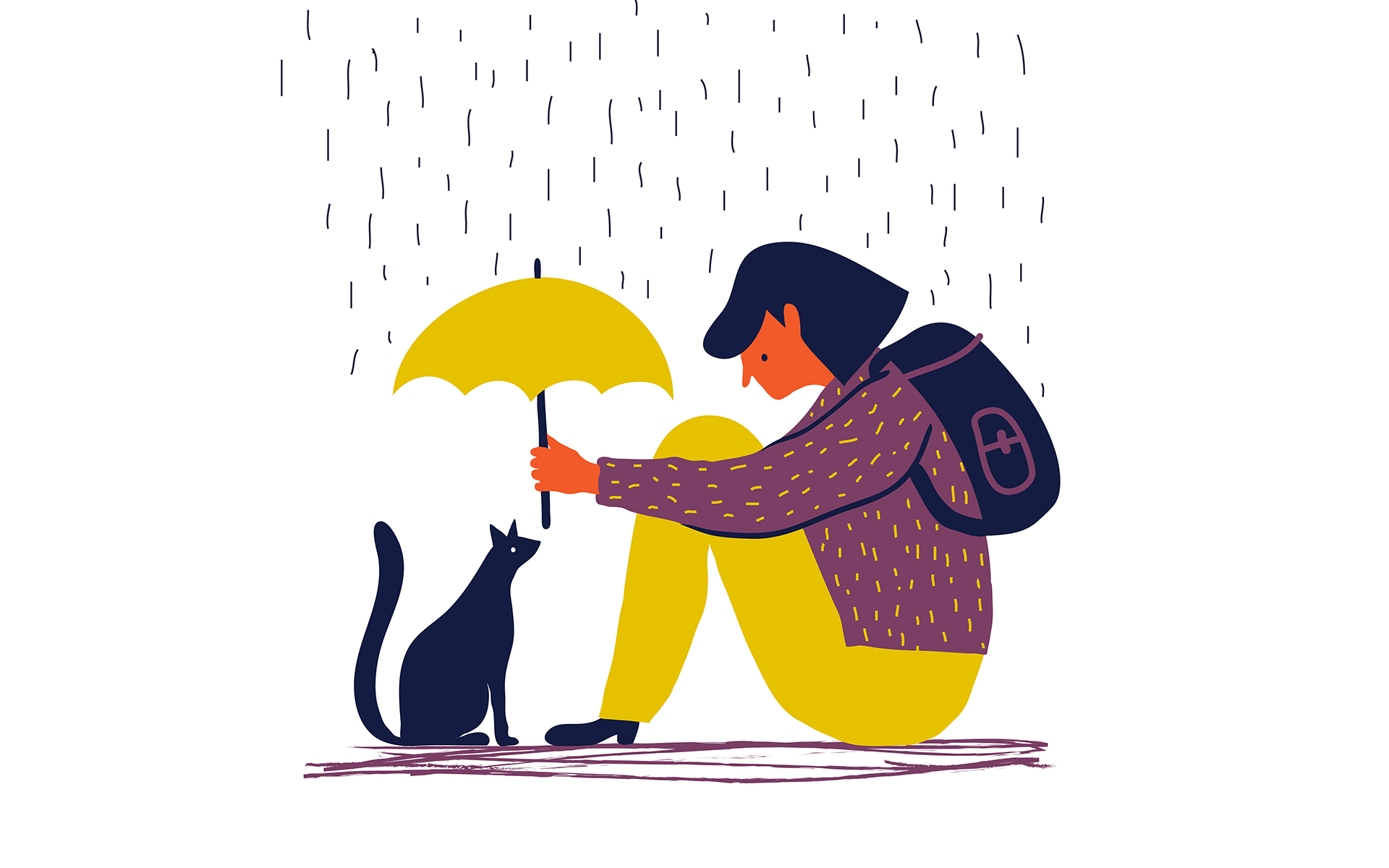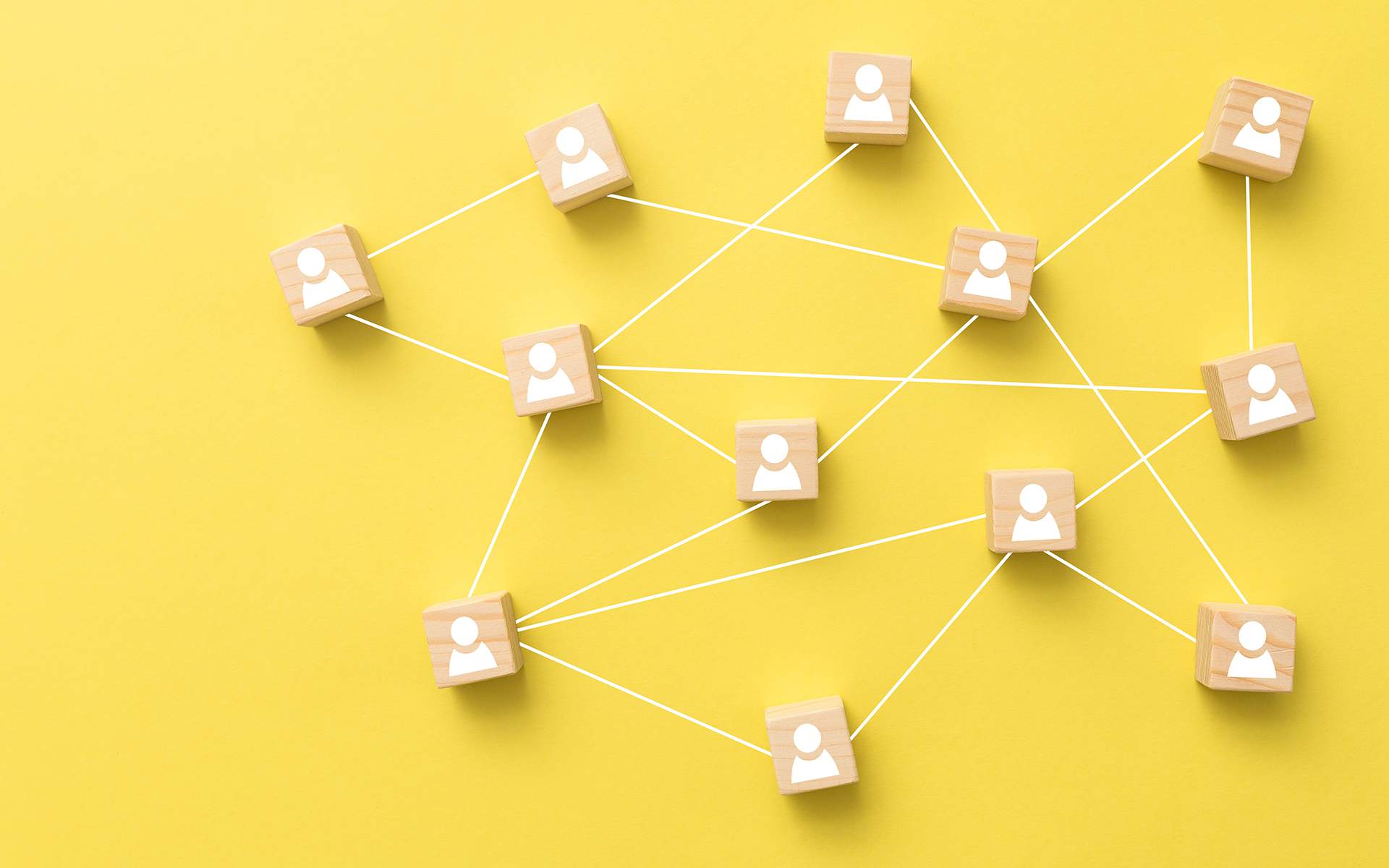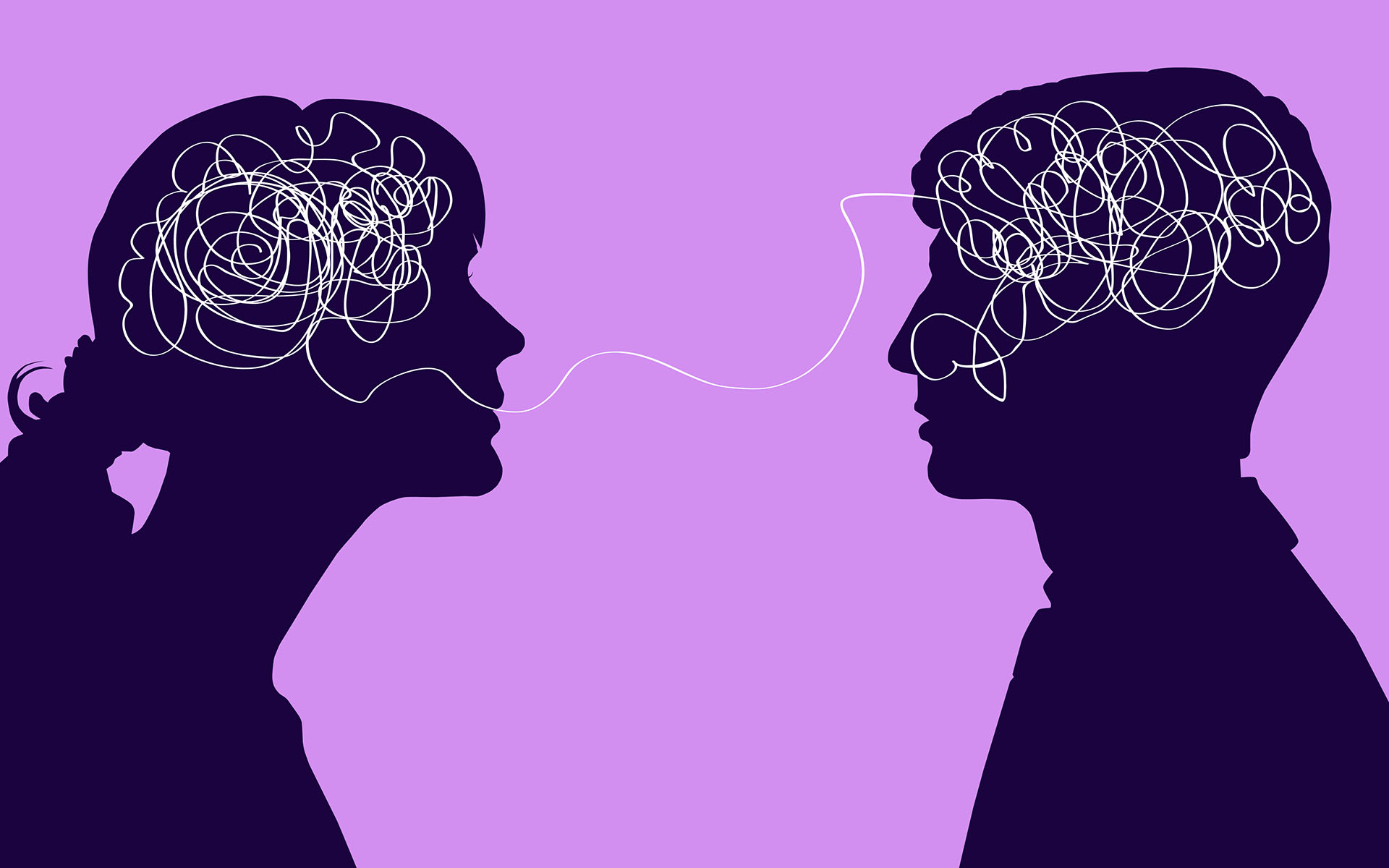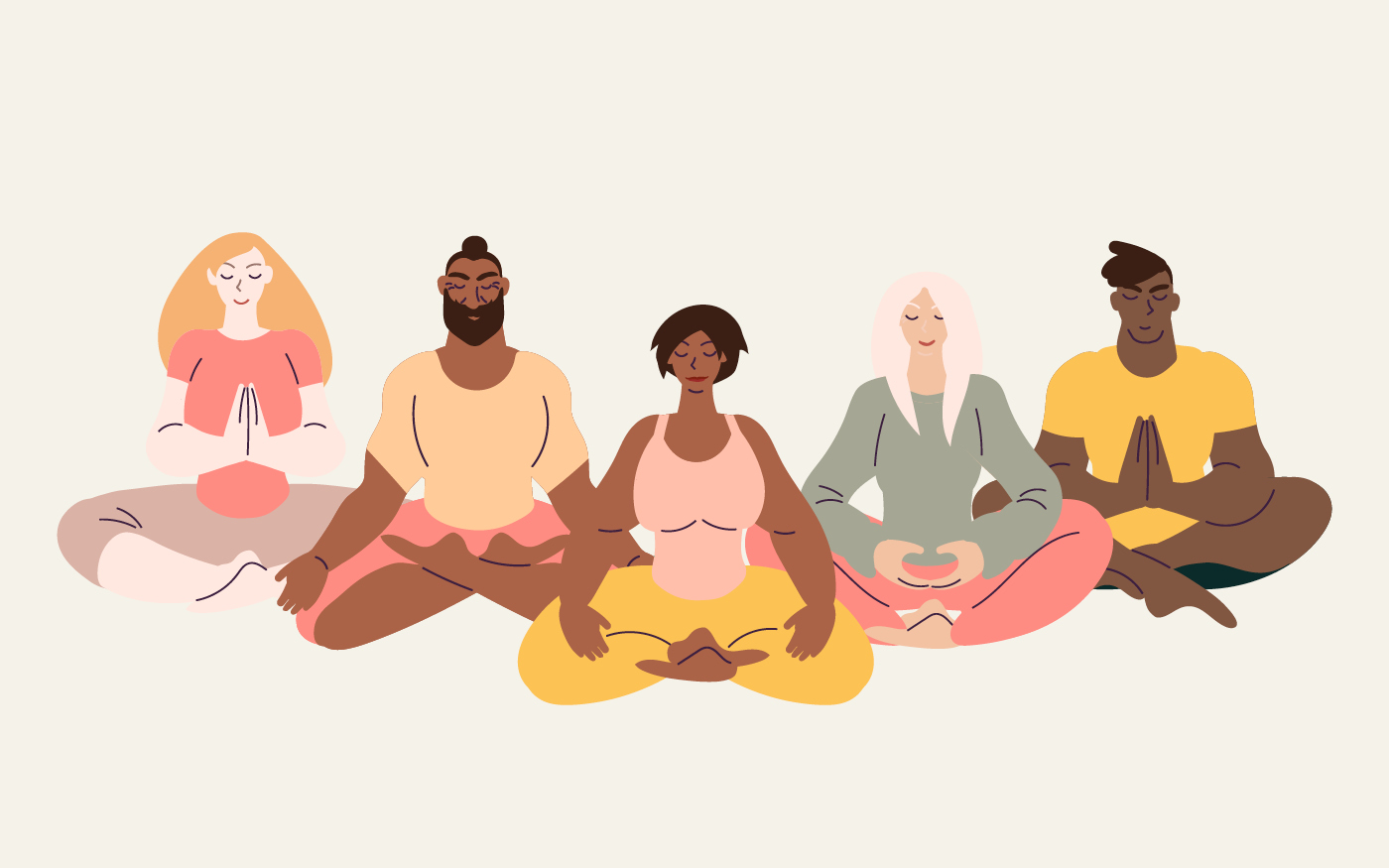Shalini Bahl-Milne is an award-winning researcher, mindfulness teacher, and town councilor. While her work often involves helping clients develop their skills within the contexts of business, education, and politics, she also reminds us that practicing mindfulness doesn’t start in these external circumstances—the journey begins, instead with our relationship to ourselves and then flows outward to every area of our lives. In her recent TEDx Talk, Bahl-Milne shares some of her own experiences with learning to stay grounded and take mindful action despite challenging situations. She offers science-backed tips and wisdom that can help us return more often to our “field within.”
Returning to the Field Within
Out beyond ideas of wrongdoing and rightdoing,
Rumi
there is a field. I’ll meet you there.
I always believed in that field, but I didn’t know it was for me. And if it hadn’t been for one difficult decision 23 years ago, I wouldn’t be standing here.
One quiet morning when everyone was asleep in the house, with one suitcase in hand, we tiptoed down the staircase to the car. My husband was dropping off our two-and-a-half-year-old son and me at the Delhi International airport. We were going to Kuwait to visit my family. We did that every year. Except this year was different. I wasn’t planning to come back, and I hadn’t told anyone in the family about it.
I wanted a divorce and that was a really difficult decision. I’d been avoiding it for six years. I remember crying quietly in the bathroom and then stepping out and being a good mom, being a good mother, a wife, a businessperson, and I kept doing that until I numbed out and I couldn’t do it any longer. On that particular day, I walked away from that life.
It wasn’t until many years later, when I came to the United States with my son and experienced mindfulness, that I realized that all my life, I’d been living on autopilot. I wasn’t aware of the choices I was making or why.
Taking Shortcuts—and Getting Lost
How about you? Are you aware of the choices you’re making on autopilot? Are you aware of the decisions you make like your career, your relationships, your choice of school? I used to teach marketing and on the first day of class, I would ask, “Why are you here?” And many students didn’t have an answer for that. Now, if you’re thinking, “That’s not me, I’m deliberate. I know what I’m doing,” stay with me.
Once I started researching mindfulness and consulting people around the world, that’s when I realized it wasn’t just me, we’re all living on autopilot. In fact, there’s a seminal paper called “The Unbearable Automaticity of Being,” and in it, the authors claim that up to 95% of our decisions are made unconsciously. What that means is that even for big decisions, many of our motivations, judgments, and emotions underlying these decisions, are hidden from us.
Now, there’s a good reason for that. We have limited cognitive resources so our brains try to automate everything, and that’s a good thing because now we don’t have to relearn how to write, how to read, or brush our teeth every day. Except the brain wants to automate everything, including our conversations with our loved ones and how we deal with conflict at work.
We have the capacity to return to that spacious mind that is free from stress, distractions, and judgments. I like to call that spacious mind “our field within.”
We like to create shortcuts for most of our decisions: good, bad; right, wrong. I like to think of the autopilot decisions we make as a treadmill. As we grow up, we tend to spend more and more time on the treadmill. When we were children, we spent more time in the “field beyond wrongdoing and rightdoing” that Rumi talks about. We had creative minds, curious minds, that were willing to play with ideas, to connect and in that space, there was imagination, there was creation, connection, and magic. Even as adults we have the capacity to return to that field, to that spacious mind that is free from stress, distractions, and judgments. I like to call that spacious mind “our field within.”
You may have experienced this in a flow activity like skiing, painting, or playing music, and it’s also there in ordinary moments like when we hear the birds sing. I personally love to dance under the stars. We don’t have to do anything special. That capacity is in us—in all of us—right now.
The Way Back to Ourselves
Let’s try this together. If you already have a way to return to your field, I encourage you to do that, otherwise, please join me.
- Take a moment to turn your attention inwards, lowering or closing your eyes, if that’s helpful. Just becoming aware of your breath moving naturally in and out of your body.
- With each in-breath, feeling the spaciousness in your chest. And with each exhale, dropping your shoulders down just a little bit more.
- For this next breath, letting go of your judgments and expectations of how this moment needs to be, and seeing if you can receive the gift of this breath, in this moment.
- When you complete that cycle, opening your eyes.
Were you able to let go of your judgments and distractions and reach your field within? If you didn’t, that’s okay. In fact, that’s the challenge: We are not able to reach that field within when we want to. I’m here to tell you that mindfulness is your capacity to step off the treadmill and return to that field within. Mindfulness is a practice. It disrupts our autopilot thinking and supports us returning to our awareness, the field within. Mindfulness is also the field of non-judging awareness that allows us to see things clearly.
So, if it’s a natural capacity, why are we not able to access it? Because there are three tendencies of the mind: to push, to pull, and to run in circles. I thought I knew what this was about as a mindfulness teacher and as a researcher, but it was only after I joined politics that I really understood what these hindrances were.
I remember my first political debate when I was running for town council. I was waiting in line with five other candidates. There were 100 people packed in a library waiting for us. My campaign manager comes over, sees my nervousness, and says “You know mindfulness, you know what to do,” and I said “I have no idea what mindfulness looks like in this moment.” My heart was beating fast, my mind was jumping from topic to topic, and I was feeling really anxious. So, I took a deep breath in and that helped some. Then came doubt.
I don’t belong here. I didn’t have any experience in politics and some of the candidates had many years of experience. I pushed my negative thoughts away with some positive thinking and breathing. At the end of the debate my campaign manager comes to me and says, “You were not yourself.” And he was right. I was disconnected from myself and the audience.
In that one critical situation, I encountered all three hindrances:
- My mind was running in circles;
- I was pushing away what was uncomfortable;
- And I was grasping for audience validation.
So what happened here? Well, public speaking is hard and even though I do this a lot, what was particularly difficult about that situation was that it was different. It was a new context for me. What happens is that when we’re in situations that are difficult our brain goes clunk and it sees that as difficult. It’s natural in that situation to experience anxiety and nervousness. That’s our brain preparing us to get focused and energized. But it feels uncomfortable, so what do we do? We turn away from it. We avoid it with positive thinking, breathing, and Netflix, but what we’re really doing is turning away from ourselves. We’re turning away from how we’re feeling, what we’re thinking, and you know what else we’re turning away from? Our purpose, our passions, the gifts that we wanted to and could bring to that situation. That was the reason I felt disconnected from myself, and because I felt disconnected from myself, I felt disconnected from the audience.
Meditate, Contemplate, and Act
The invitation here is to be willing to meet ourselves with the good and the messy. When we do that, we are able to examine our emotions and thoughts with kindness. We are able to look closely at what’s true and what’s our default. When I did that in the subsequent debates, my campaign manager told me I was 1000 times better.
How much better can our lives be? 1000 times better, if only we can learn not to avoid the discomfort and to return to ourselves. However, we didn’t grow up learning how to do that. Here is where mindfulness comes in. Mindfulness can be practiced with three steps: Meditate, contemplate, and act.
- Meditate: Returning to our non-judging awareness. Guided meditation allows us to retrain our brain to focus on the object we’ve chosen. This could be your breath, your body, movement, or any usual activity like swimming, running, or Zumba. I encourage people who have difficulty doing seated meditation to try any of these activities.
- Contemplate: Once our mind is stabilized, now we can contemplate. What is my experience right now? What are my intentions for this situation? We can ask ourselves, “What’s here now?” and “What would I like to see happen? What’s important right now?”
- Act: It’s not enough to just have good intentions. The more we can practice acting skillfully, in non-critical situations, the easier it will be to act skillfully in critical situations.
You can see why it is really important to envision mindfulness to include meditation, contemplation, and skillful actions. I forget all the time, so I put sticky notes and timers around me that remind me that it’s different, not difficult. If you’re already pushing this idea away because it seems hard, let me just remind you—and you can remind yourself—it’s just different, not difficult. The more you do this, the more what was different will become the new default.
We need a new way of working together, of finding solutions that emerge when we’re willing to struggle together.
As a society, we have many big decisions we need to make as we come out of the pandemic. We can step back on the treadmill and forge our way forward, or we can return to the field together. I understand there’s an urgency to get back to normal. But the pandemic has forced us to see that normal is broken. We have insurmountable challenges: racism, poverty, climate change, to name just a few. Staying on the treadmill mostly provides us quick fixes, efficiencies, and strategies that favor some but others.
We need a new way of thinking. We need a new way of working together, of finding solutions that emerge when we’re willing to struggle together. I believe that mindfulness builds a collective capacity to move through our resistance and return to the field together. In this space there is creative potential to solve any problem. Maybe not right away, but it supports us in making this journey together possible and even worthwhile.
Moving forward, when you encounter difficulty at home, at work, or in the community, remember, don’t walk away. Return back to yourself and remind yourself and each other,
“Out beyond ideas of wrongdoing and rightdoing, there is a field. Let’s meet there.”
read more
How to Show Up Intentionally and Lovingly in Difficult Situations
Shalini Bahl-Milne shares three mindful steps that empower us to be present and act with integrity and joyfulness.
Read More
How We Can All Thrive in an Interconnected World
For one to flourish, we must all flourish. Shalini Bahl-Milne deeply explores interconnectedness, and shares practices to help us work together for a kinder, more sustainable world.
Read More
Having a Tough Conversation? Try This 12-Minute Meditation to Reset
It’s not always the case that our formal mindfulness practice carries seamlessly into daily life—especially in conversations that spark tension. Shalini Bahl-Milne offers a practice to help you ensure you can be mindfully present for these difficult moments.
Read More











